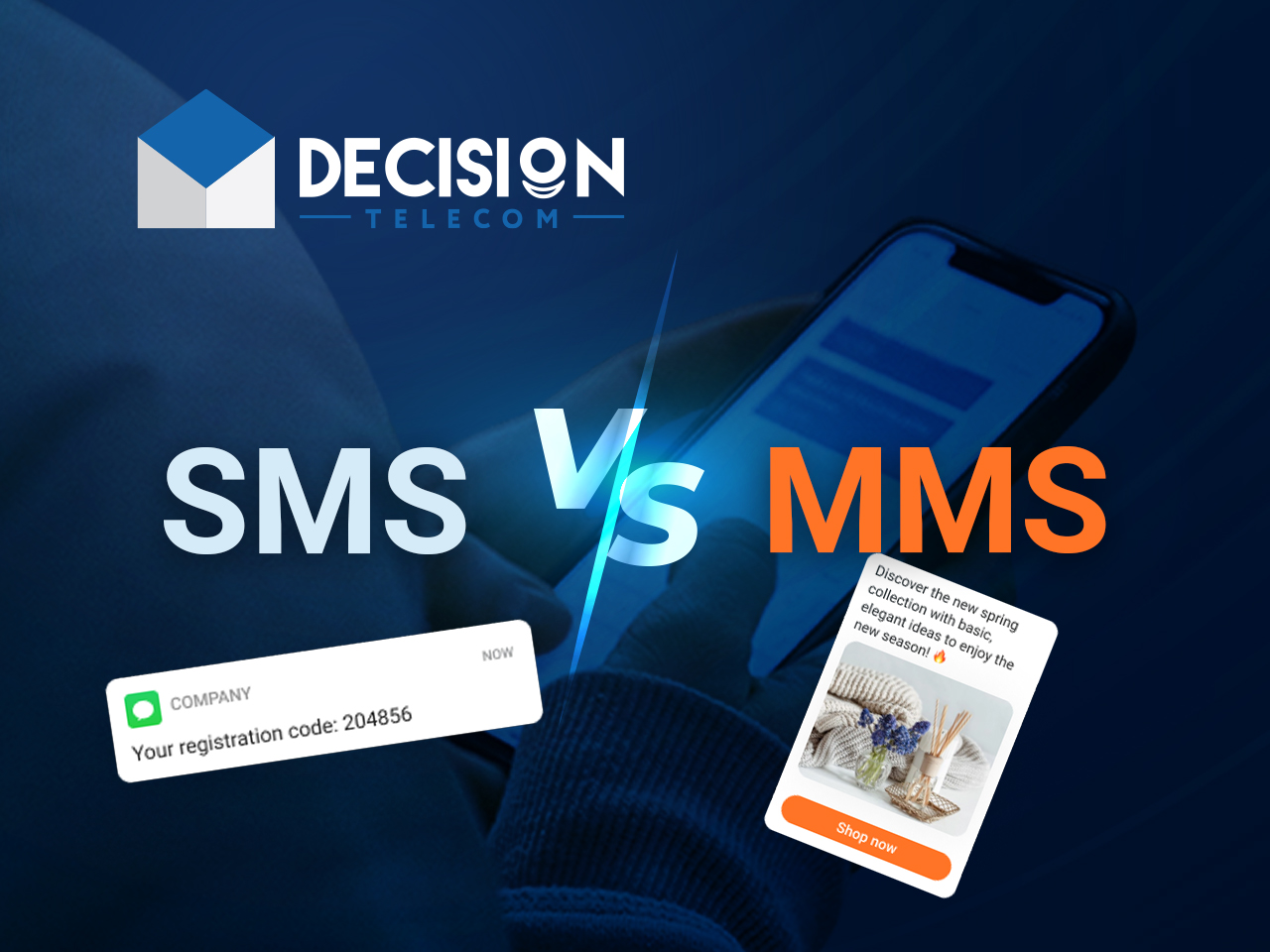MMS Video: Everything You Need To Know About Multimedia Messaging Service Videos
MMS video has transformed the way we share moments and communicate in the digital age. With the rise of smartphones and messaging apps, multimedia messaging has become an integral part of our daily interactions. As we explore the intricacies of MMS video, we will delve into its history, functionality, and its significance in modern communication.
In this article, we aim to provide a comprehensive understanding of MMS video, its advantages, and how it compares to other messaging formats. We will also cover how to effectively use MMS for personal and business communication, ensuring that you can leverage this tool to enhance your messaging experience.
Whether you are a casual user looking to share memorable moments or a professional seeking to utilize MMS for marketing, this guide will equip you with the knowledge you need. Let’s dive into the world of MMS video and discover why it continues to be a popular choice for sharing multimedia content.
Table of Contents
- What is MMS Video?
- History of MMS
- How MMS Works
- Advantages of MMS Video
- MMS Video vs SMS Video
- Using MMS for Business
- Best Practices for MMS
- The Future of MMS Video
What is MMS Video?
Multimedia Messaging Service (MMS) video is a method of sending videos through mobile devices using mobile networks. Unlike traditional SMS, which only allows for text messages, MMS enables users to send multimedia content, including images, audio, and video files, directly to other mobile users.
MMS video messages are commonly used for sharing personal moments, promotional content, and important information in a more engaging format. With the increasing capabilities of smartphones, the quality of MMS videos has significantly improved, making them an effective way to communicate visually.
History of MMS
The development of MMS dates back to the early 2000s when mobile communication was evolving rapidly. As mobile technology advanced, the need for richer content beyond simple text messages became apparent. In 2002, the first MMS service was launched, allowing users to send images and short videos.
Since then, MMS has undergone significant improvements, including the ability to send larger files and higher-quality videos. Today, MMS is widely supported across various mobile networks and devices, making it a standard feature for mobile communication.
How MMS Works
Understanding how MMS works is crucial for effectively using it. Here’s a breakdown of the process:
- Creating an MMS: Users can create an MMS video by selecting a video file from their device or recording a new video.
- Sending the MMS: Once the video is selected, users can enter the recipient's phone number and additional text if desired, then send the message.
- Receiving the MMS: The recipient receives the video message on their mobile device. Depending on their settings and network, the video may download automatically or require user action to view.
Advantages of MMS Video
MMS video offers several advantages over traditional messaging methods:
- Engagement: Videos are more engaging than text, making them ideal for capturing attention.
- Rich Content: MMS supports various media formats, allowing users to send images, audio, and videos together.
- Instant Delivery: MMS messages are delivered instantly, ensuring timely communication.
- Widespread Compatibility: Most modern smartphones and mobile networks support MMS, making it accessible to a broad audience.
MMS Video vs SMS Video
While both MMS and SMS allow for video sharing, they have distinct differences:
- File Size: MMS supports larger video files compared to SMS, which is limited to text only.
- Content Types: MMS can include multiple media types (images, audio, video), while SMS is text-only.
- Delivery Method: MMS uses mobile data or Wi-Fi for delivery, whereas SMS relies solely on the cellular network.
Using MMS for Business
MMS is not only beneficial for personal use but also for businesses looking to enhance their communication strategies. Here are some ways businesses can utilize MMS:
- Promotional Content: Send promotional videos to customers to showcase products or services.
- Customer Engagement: Use MMS to engage customers with interactive content, such as contests or surveys.
- Service Notifications: Inform customers about appointments or service updates through video messages.
Best Practices for MMS
To maximize the effectiveness of MMS video, consider these best practices:
- Keep It Short: Aim for short, concise videos to maintain viewer interest.
- High Quality: Use high-resolution videos to ensure a professional appearance.
- Clear Call to Action: Include a clear call to action in your video to guide viewers on the next steps.
The Future of MMS Video
As technology continues to evolve, the future of MMS video looks promising. Innovations in mobile networks, such as 5G, will allow for even faster delivery and higher-quality video sharing. Additionally, the integration of MMS with social media platforms may further enhance its reach and functionality.
In conclusion, MMS video is a powerful tool for both personal and business communication. Its ability to engage users with rich content makes it an essential part of modern messaging. By understanding its benefits and best practices, you can leverage MMS video to improve your communication strategies.
We encourage you to share your thoughts in the comments below, share this article with others, or explore more of our content for additional insights on multimedia messaging.
Thank you for reading, and we look forward to having you back for more informative articles!
Glen Taylor Wife Age: Exploring The Life Of Glen Taylor And His Partner
Castle TV Series: A Comprehensive Guide To The Beloved Crime Drama
Is John McCook Retiring From The Bold And The Beautiful?

/what-is-sms-mms-iphone-2000247-Final-5c38a50846e0fb0001673a66.png)

